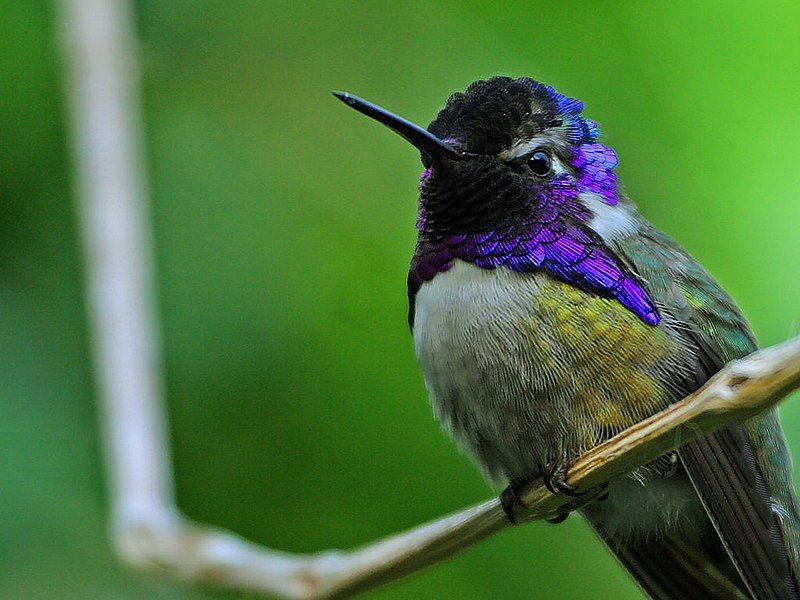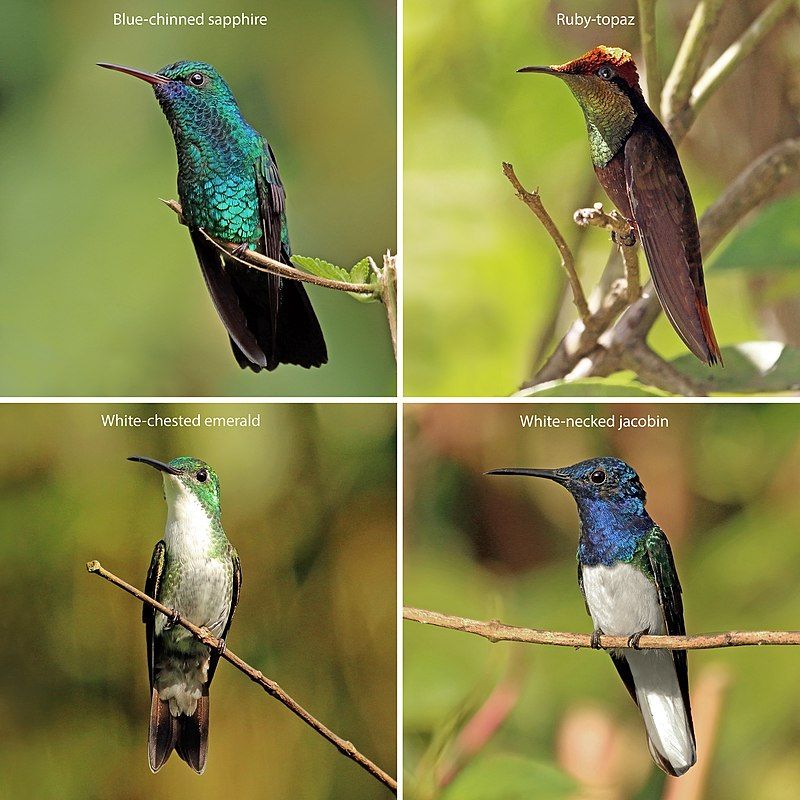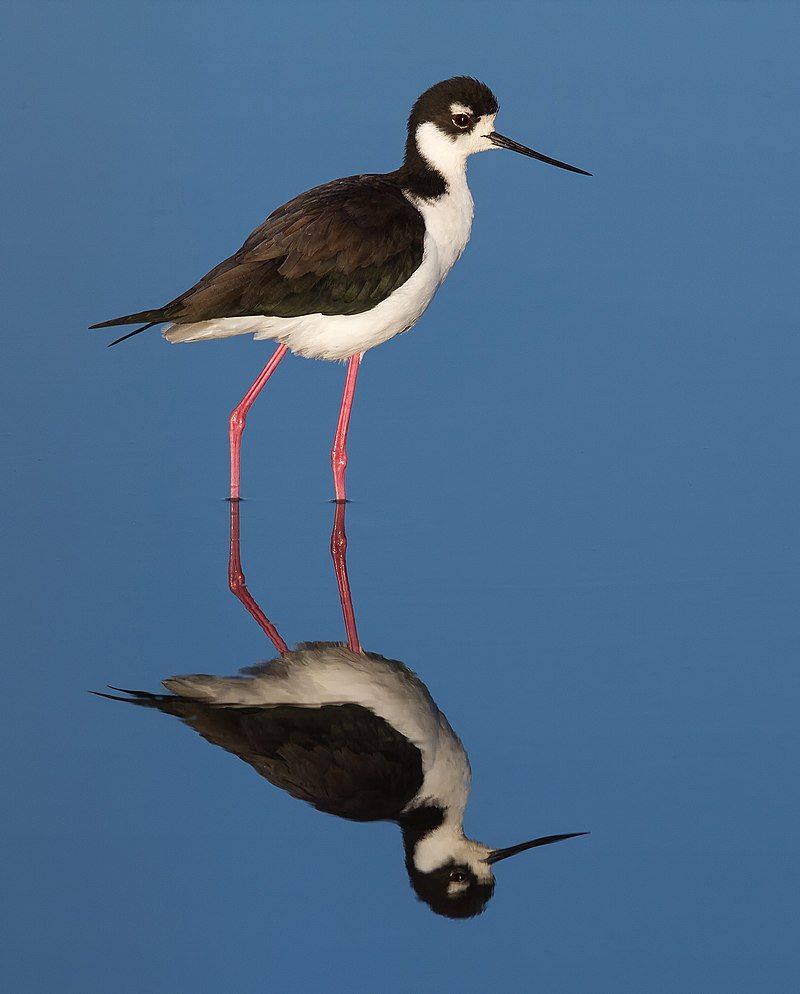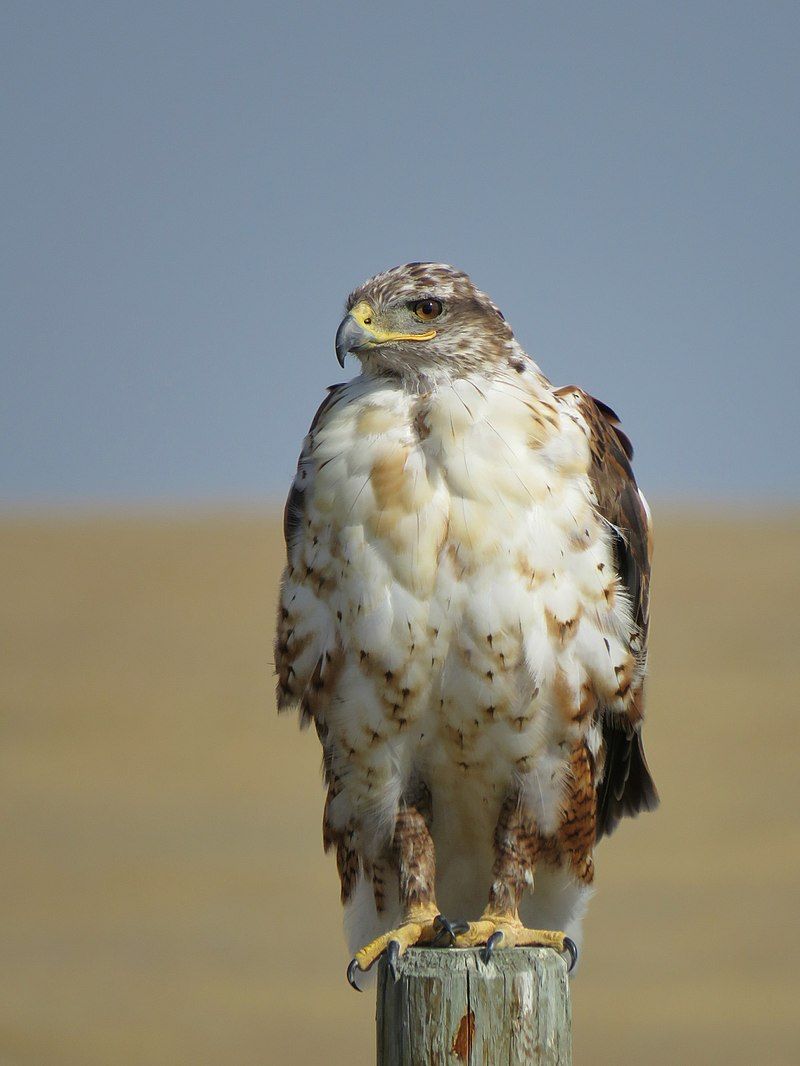Birds are a fascinating and delightful part of the desert landscape in Desert Palms. Here, you can find an array of species, from the familiar flocks of mockingbirds to the more elusive species like the Gila woodpecker.
Desert Palms is a hot, arid environment, which provides a unique challenge to the birds that inhabit it.
Desert birds must adapt to extreme temperatures and limited water sources, and in turn, they have developed particular adaptations that allow them to thrive in the harsh desert environment.
Whether you are a bird-watcher, a photographer, or someone who loves nature’s beauty, Desert Palms is a great destination to explore the fascinating world of desert birds.
9 Birds to Watch in Desert Palms
Desert Palms is a popular destination for birdwatchers, as it offers a variety of habitats and species to observe. Whether you are a beginner or an expert, you will find something to enjoy in this desert oasis.
Here are nine birds that you should look out for when you visit Desert Palms.
1. Cactus Wren
The cactus wren is a unique species of wren that is native only to areas in the United States and Mexico. It is found in the arid deserts of the southwestern United States and the northern and central parts of Mexico.
The cactus wren is so beloved by Arizona’s people that it is Arizona’s state bird. It is also the largest wren in the United States, making it a rather impressive bird.
The cactus wren has a brown plumage decorated with black and white spots that add to its beauty. These spots are used as camouflage in its natural desert habitat.
| Kingdom | Animalia |
| Phylum | Chordata |
| Class | Aves |
| Order | Passeriformes |
| Family | Troglodytidae |
| Genus | Campylorhynchus |
| Species | C. brunneicapillus |
2. Gila Woodpecker
The Gila woodpecker is a species of bird that inhabits the desert regions of the southwestern United States and western Mexico. It is considered a medium-sized woodpecker, with an average length of 9 inches and a wingspan of approximately 15 inches.
In the U.S., this species has a wide range, covering southeastern California, southern Nevada, Arizona, and New Mexico.
Their habitats range from desert scrub, arid grasslands, and woodlands to riparian zones and agricultural areas. Gila woodpeckers have a grayish-brown back with white spots, a white face with black stripes, and a red crown and mustache.
They feed on various insects, including beetles, caterpillars, and ants, and they also consume fruits, nuts, and berries. The Gila woodpecker is an integral part of the desert ecosystem, helping to control insect populations and dispersing seeds.
They also provide food and shelter to other species, such as owls, hawks, and mammals.
| Kingdom | Animalia |
| Phylum | Chordata |
| Class | Aves |
| Order | Piciformes |
| Family | Picidae |
| Genus | Melanerpes |
| Species | M. uropygialis |
3. Costa’s Hummingbird

Costa’s hummingbird is a species of small bird that belongs to the family Trochilidae, commonly known as hummingbirds. It is native to the southwestern United States and northwestern Mexico, where it breeds in arid regions.
During the winter months, it migrates south to western Mexico. Costa’s hummingbird is a small bird with a length of about 3.1 to 4 inches (7.9 to 10 cm), and it has a long, straight bill and tiny, rounded wings.
Its feathers are primarily dark green, with some white and rufous markings. The male has a red throat and a blackish mask on his face.
The female has a white throat and a grayish-white mask. Costa’s hummingbird feeds mainly on nectar from flowers, but it will also feed on small insects and spiders for protein.
It will often hover in front of a flower and use its long, curved bill to reach into the flower to get the nectar.
It is an important pollinator of many plants, as it helps to spread the pollen from flower to flower. Costa’s hummingbird is a social species and will often be seen in small groups or mixed-species flocks with other hummingbirds.
It is usually seen in open areas such as gardens, meadows, and woodlands. The Costa hummingbird is an essential species in the southwest United States and northwestern Mexico, and it is considered to be of least concern by the IUCN.
It faces threats from habitat loss and climate change, which can significantly impact its population.
| Kingdom | Animalia |
| Phylum | Chordata |
| Class | Aves |
| Clade | Strisores |
| Order | Apodiformes |
| Family | Trochilidae |
| Genus | Calypte |
| Species | C. costae |
4. Hummingbirds

Hummingbirds are an incredibly diverse group of birds native to the Americas. They are part of the biological family Trochilidae, and there are approximately 366 different species in 113 genera.
Their habitats range from Alaska to Tierra del Fuego, with most species in Central and South America. Hummingbirds are unique and remarkable birds adapting to life in various climates and environments.
They are known for their vibrant colors and ability to hover in the air with their wings beating rapidly. They also have a long beak that allows them to feed on nectar from flowers. Hummingbirds have adapted to their environment in various ways.
For example, some of them have adapted to living in colder climates by having thicker feathers that help to insulate them from the cold.
They can also migrate to areas with more nectar sources during winter. Hummingbirds have become an essential part of many ecosystems in the Americas. They are significant pollinators and help keep specific plant and flower species thriving.
They also provide food for other animals, such as insects, spiders, and birds. Hummingbirds are a fascinating species that are native to the Americas. Many species and genera have habitats ranging from Alaska to Tierra del Fuego.
They have adapted to their environment in various ways and are essential to many ecosystems. They also symbolize beauty and grace and have captivated people for centuries.
| Kingdom | Animalia |
| Phylum | Chordata |
| Class | Aves |
| Clade | Strisores |
| Order | Apodiformes |
| Family | Trochilidae |
5. Phainopepla
The phainopepla, also known as the northern phainopepla, is an intriguing bird unique in its family. It is the most northerly representative of the Ptiliogonatidae family, mainly tropical Central American birds known as silky flycatchers.
This bird is named after the Greek words pain pepla, which translates to “shining robe,” and is about the male’s plumage. It is characterized by its bright and colorful feathers, a mix of white, grey, and black.
The feathers shimmer in the light, giving the bird a distinct appearance. The phainopepla is also known for its sharp eyesight and swift movements, allowing it to catch its prey easily.
It is an essential species in the environment, as it helps to keep a balance in the food chain.
| Kingdom | Animalia |
| Phylum | Chordata |
| Class | Aves |
| Order | Passeriformes |
| Family | Ptiliogonatidae |
| Genus | Phainopepla |
| Species | P. nitens |
6. Black-Necked Stilt

The black-necked stilt is a shorebird species found in abundance in some regions of the United States. Its range stretches from the coastal areas of California to the interior of the western part of the country.
It is also found along the Gulf Coasts of Texas, Louisiana, Mississippi, and Florida.
The black-necked stilt is an essential species in American wetlands and coastlines, as it helps maintain the health of its habitat. Its long legs and black neck quickly identify the black-necked stilt.
It has a white body with grey wings, and its back is usually brown. It can reach a length of up to fifteen inches and a wingspan of up to twenty-five inches.
It is a gregarious species often found in small to large flocks in its preferred habitat. The preferred habitat of the black-necked stilt is shallow wetlands, such as shallow lakes, ponds, marshes, and estuaries. It also frequents flooded fields and mudflats.
It is an omnivore and feeds on aquatic and terrestrial invertebrates, small fish, seeds, and aquatic plant material.
It is also known to eat insects, frogs, worms, and crustaceans. The black-necked stilt is an essential species in American wetlands and coastlines, as it helps maintain the health of its habitat.
It is an indicator species, meaning that if the population of this species decreases, it is a sign that the environment’s health is declining.
Therefore, it is essential to protect and conserve the areas where the black-necked stilt is found to ensure its long-term survival.
| Kingdom | Animalia |
| Phylum | Chordata |
| Class | Aves |
| Order | Charadriiformes |
| Family | Recurvirostridae |
| Genus | Himantopus |
| Species | H. mexicanus |
7. Lesser Nighthawk
The lesser nighthawk is a species of nightjar, a type of nocturnal bird found across an extensive range of the Americas.
Its distinctive coloration quickly identifies it; the upper parts and breast are a mixture of dark brown, grey, and white, with a long, black upper wing that shows a white bar in flight.
The species can be found in open habitats, such as grasslands and deserts, and has been known to perch low on the ground during the day. It is an insectivorous bird whose diet consists mainly of aerial insects, which it captures in flight.
The lesser nighthawk is an essential species in its ecosystem, providing a natural form of insect control, which helps to keep pest populations under control.
| Kingdom | Animalia |
| Phylum | Chordata |
| Class | Aves |
| Clade | Strisores |
| Order | Caprimulgiformes |
| Family | Caprimulgidae |
| Genus | Chordeiles |
| Species | C. acutipennis |
8. Rufous Hummingbird
The rufous hummingbird is a small bird typically measuring 8 cm long with a long, straight, and slender bill. These birds can have remarkable feats of flight, migrating up to 2,000 miles during their seasonal transits.
It is one of nine species found in the Selasphorus, part of the Trochilidae family of hummingbirds. Their migratory patterns are incredibly complex, having been known to travel as far north as Alaska and south as Mexico.
Their diet consists primarily of nectar, although they also consume small insects and spiders. They have distinctive red-orange feathers on their crown, back, and throat, making them easy to identify among other hummingbirds.
The rufous hummingbird is a remarkable species with incredible flight skills and impressive migratory patterns.
| Kingdom | Animalia |
| Phylum | Chordata |
| Class | Aves |
| Clade | Strisores |
| Order | Apodiformes |
| Family | Trochilidae |
| Genus | Selasphorus |
| Species | S. rufus |
9. Ferruginous Hawk

The ferruginous hawk is a large bird of prey belonging to the Buteo family, a broad-winged group of hawks. It has an old colloquial name, the ferrugineous rough-leg, due to its similarity to the closely related rough-legged hawk.
The generic name Buteo is derived from the Latin word ‘buzzard,’ and the species’ specific epithet, regalia, is Latin for ‘royal.’ This reflects the bird’s impressive size and stature, which makes it stand out from the rest of its family.
The ferruginous hawk is one of the largest North American raptors, with a wingspan of up to four and a half feet. Their coloration is a mix of reddish-brown and sandy tones, and their chest is flecked with white.
Though they are generally found in open areas such as grasslands, they are also known to inhabit mountains, deserts, and shrublands. The ferruginous hawk is an opportunistic hunter, primarily preying on small mammals and birds. They are also known to scavenge for carrion.
They reside in large territories and will defend them fiercely against intruders. The ferruginous hawk is a powerful and majestic bird, and its Latin name certainly reflects this. It is an impressive species and an important one as well.
Its presence in the wild helps maintain the local ecosystem’s balance, and we should do our best to protect it.
| Kingdom | Animalia |
| Phylum | Chordata |
| Class | Aves |
| Order | Accipitriformes |
| Family | Accipitridae |
| Genus | Buteo |
| Species | B. regalis |
Conclusion
Birds are an essential part of the Desert Palms ecosystem and can be seen in various habitats throughout the area. Birds provide many benefits to the environment, such as helping to control insect populations, pollinating flowers, and dispersing seeds.
They also provide great entertainment and enjoyment for people who enjoy birdwatching. It is essential to protect and conserve these birds’ habitats so they can continue to thrive in the Desert Palms.